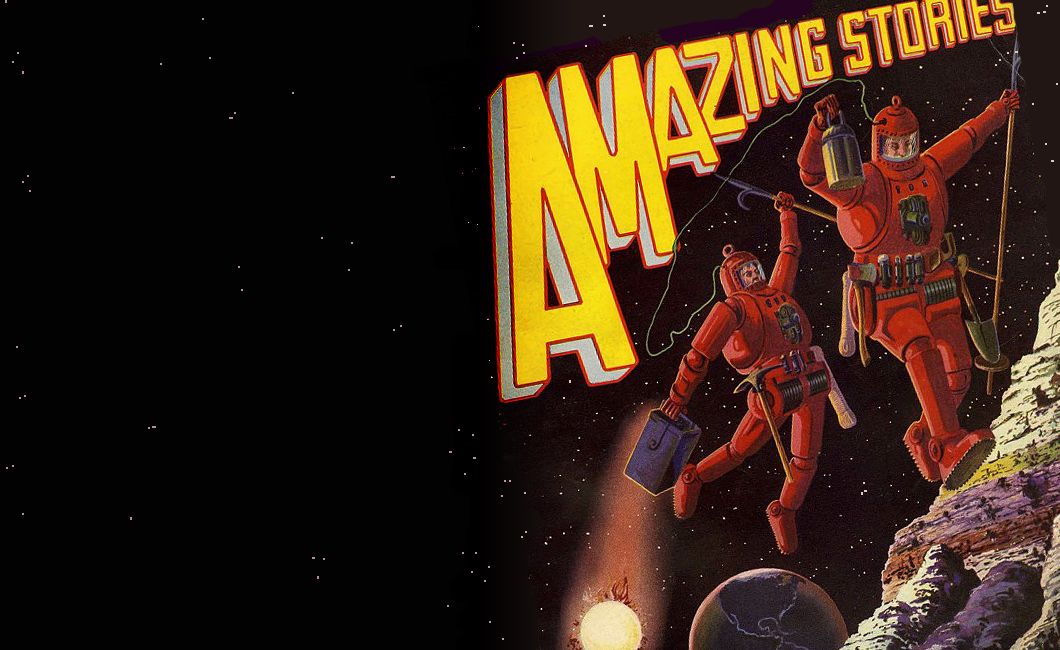Disability Etiquette
The way a society refers to persons with disabilities shapes its beliefs and ideas about them. Using appropriate terms can foster positive attitudes about persons with disabilities. One of the major improvements in communicating with and about people with disabilities is “people-first” language. People-first language emphasizes the person, not the disability. By placing the person first, the disability is no longer the primary, defining characteristic of an individual but one of several aspects of the whole person.
For example, it is preferred to say, “people with disabilities” instead of “the disabled,” or “Mary has a vision impairment” instead of labeling the person by saying, “Mary is blind.”
An exception to this rule is for people who are deaf or hard of hearing. In general, the deaf community does not like to be referred to as having hearing impairments. It prefers deaf or hard of hearing. Use “hard of hearing” to refer to people who have hearing loss but communicate in spoken language. “People with hearing loss” is also considered acceptable. Many people who are deaf and communicate with sign language consider themselves to be members of a cultural and linguistic minority. They refer to themselves as Deaf with a capital “D” and may be offended by the term “hearing impaired.”
Also, people with disabilities may use the words disabled and crip to refer to themselves. They would also be likely to say, “I am blind,” or “I am a paraplegic.”
Using “crip” language is part of the disability culture. However, people without disabilities should not use this terminology.
If you don’t know the appropriate words to use, simply ask the person what is preferred.



